Quantum Mechanics: Principles, New Perspectives, Extensions and Interpretation - Revised Edition
The book Quantum Mechanics: Principles, New Perspectives, Extensions and Interpretation – Revised Edition deals with the foundations of Quantum Mechanics in a quite novel way. From his own published works throughout these last 20 years in prominent Journals, Prof. L.S.F. Olavo reconstructs Quantum Mechanics (as related to the Schrödinger equation) from the scratch, both in mathematical and interpretive ways. The picture that emerges is quite different from the one we get from other approaches. While the mainstream approach reinforces some unavoidable weirdness in the Quantum World, Prof. Olavo’s interpretation presents Quantum Mechanics as quite an intuitive theory, using only the pedestrian notions of randomness, fluctuations and the companion notion of statistics. However, it is much more than another stochastic approach. Throughout the first part of the book, Prof. Olavo shows how the various roads to derive the Schrödinger equation can be reduced to his own mathematical construction: Feynman’s path integral and the stochastic approach are but two of them. The book also brings about quite new results, such as the connection between Quantum Mechanics and the Central Limit Theorem and Langevin Equations (by means of which quantum phenomena can be easily simulated and make visualizable). All this is done taking recourse to only three axioms. This strategy gives the book an impressive power of synthesis in what respects the interpretation of the formalism. In fact, in the last part of the book, Prof. Olavo shows how some of the innumerous proposals for the interpretation of Quantum Mechanics, with some of their constructs, can help us making a rational reconstruction of a Quantum World without any weirdness whatsoever. In the second part, to remove some of the various obstacles to a Quantum Mechanics without weirdness, the book deals with the most prominent aspects and experiments of the Quantum, such as spin and the Stern-Gerlach experiment, the construction of operators and also Identical Particles. In the third part, the book presents a fully special and general relativistic extension of the formalism by just making the extension of the three postulates used throughout the first part. This book is intended to all those interested in the foundations of Quantum Mechanics.
{{comment.content}}

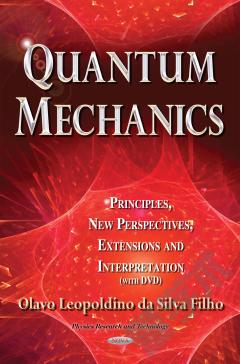
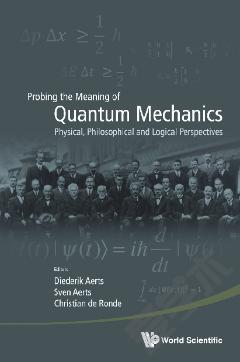
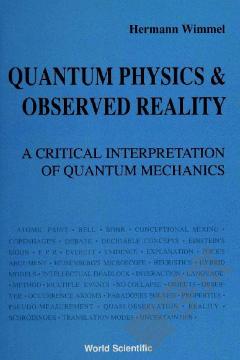
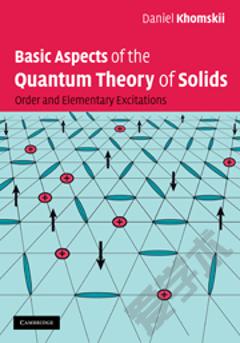

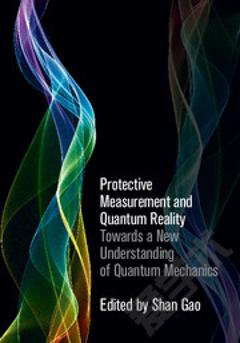

 京公网安备 11010802027623号
京公网安备 11010802027623号